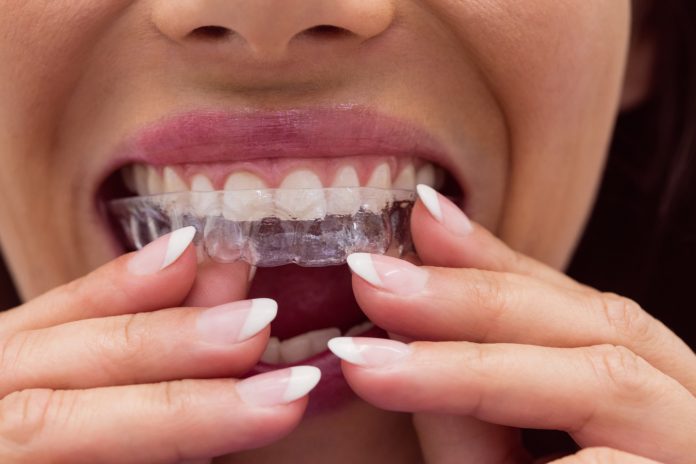Invisalign is a popular way of treating orthodontic issues and improving your smile. Unlike traditional metal braces, Invisalign utilizes custom clear aligner trays that are hardly noticeable when worn. This is where the treatment borrows its name from.
The treatment is widespread across different age groups because of its convenient and discrete nature. But there’s a lot that people don’t understand about Invisalign.
Although many benefits come with this form of treatment, it is important to know what it entails. You also need to know if you are a candidate for Invisalign or not.
Below are questions to ask your dentist before your Invisalign treatment:
- Is Invisalign safe for me?
Invisalign is a safe treatment for people of all ages. But it should not substitute a mouthguard by any means. If you are an athlete, it is recommended that you remove your aligners and put on a mouthguard before engaging in any extreme exercise or sport.
It is also important to note that Invisalign is not the best treatment option for every patient with orthodontic issues. For instance, some parents opt for traditional braces for their kids because they believe aligners can easily get lost or damaged.
- How will I get started with my treatment?
The first step in an Invisalign treatment is an appointment with a consultant. During this appointment, your dentist will assess your condition and probably conduct a dental scan of your teeth. This will help the dentist evaluate the situation, offer personalized counseling and prepare you for the steps ahead.
- How do aligners work?
Clear aligners are designed to reshape the arch of your teeth through the careful application of predetermined pressure to move specific teeth to the desired position. Each tray is custom fabricated to generate incremental movements towards the correct position.
Aligners are generally supposed to be worn for perfect results between 20 to 24 hours a day. You are supposed to move to the next tray after every seven to 10 days. Depending on your dentist or medical facility, you might be required to visit the dentist for a check-up.
Read Also: Beginner’s Guide on How to Create a Pinterest Video Post
- What problems does Invisalign treat?
Invisalign is ideal for correcting several malocclusions, including underbite and overbite. It is also an excellent method for treating imperfections like small gaps between teeth and slightly crooked teeth.
But patients with severe problems can receive better treatment through traditional braces. Therefore, your first appointment with a dentist should determine if you are a candidate for this type of treatment or not.
- How long will Invisalign treatment last?
The treatment period for Invisalign depends on every patient’s case, but the treatment generally takes about one year to get desirable results. However, some conditions may take less time to be treated, while others may take longer than expected. Therefore, your dentist will be best placed to tell how much time the treatment will take.
- Will the treatment affect my diet?
No. The good thing about Invisalign treatment is that it doesn’t need you to change your diet in any particular way. The trays should be removed whenever you want to drink or eat anything. But you can still keep them when drinking water.
Nonetheless, it is advisable to brush your teeth before putting on your trays after every meal, mainly if you eat sugary or sticky things. Else the trays will trap food particles and hold them against your teeth. This can easily be a source of decay and bacterial infection.
- What if an aligner gets lost or damaged?
You should closely follow your treatment schedule to avoid any mishaps. But if the unexpected happens, you can ask your dentist to replace the tray as soon as possible.
The cost of Invisalign treatment varies depending on the duration and complexity of the entire process. For example, if you have a dental insurance policy, the insurance company will take part in the cost. You can also discuss and agree with your dentist and develop a payment plan to break down the total cost into small amounts paid in monthly installments.
In a nutshell, Invisalign is an excellent treatment method for various orthodontic issues. All you need is to get proper advice and determine if it is the right treatment option for your condition.


















